by Mike Haskew
On August 7, 1942, American Marines landed unopposed on the island of Guadalcanal in the Solomons chain. The island was the key to future offensive operations in the South Pacific for either side, and the Marines were determined to defeat the Japanese in their first significant ground assault of the Pacific War.
Possession of Guadalcanal and its unfinished airstrip, which the Japanese had begun constructing several months earlier, would allow the Americans to provide air cover for future operations in the region and decrease the threat of Japanese advances against Australia.
[text_ad]
The Japanese Refused to Evacuate
After bitter fighting the Marines captured the airstrip, which Navy Seabees completed. It was renamed Henderson Field in honor of a pilot killed in action during the recent Battle of Midway. The Japanese, however, refused to evacuate their remaining troops and mounted stiff resistance.
The issue was in doubt at Guadalcanal for several desperate weeks, and it became increasingly perilous for the Marines as naval support was withdrawn due to the threat of attack by Japanese aircraft and early Japanese naval operations. In the autumn of 1942, U.S. Army troops were committed to the fighting on Guadalcanal. The island was not declared secure until February 9, 1943.
Capturing the Field was Pivotal
Initially, the Japanese were caught off guard by the American landings. However, they began to funnel reinforcements to Guadalcanal via nighttime supply runs by destroyers. The American labeled the Japanese forays the Tokyo Express. The capture of Henderson Field was pivotal, allowing American planes to operate from Guadalcanal.
Major land engagements on the island included fighting at the Tenaru River (actually the Ilu River), Edson’s Ridge, and the struggle for control of Henderson Field. Several major naval battles, five of them nocturnal, were fought in the waters off Guadalcanal, including the battles of Savo Island, the Eastern Solomons, Cape Esperance, Santa Cruz, the Naval Battle of Guadalcanal, Tassafaronga, and Rennell Island.
“Operation Ke”
In mid-December, Japanese commanders acknowledged the high cost of continuing to resist the Americans on Guadalcanal, and the decision was made to evacuate the island. Operation Ke, as the withdrawal was termed, was concluded with the removal of nearly 11,000 Japanese troops. American casualties during the campaign included 1,600 killed and 4,200 wounded. Twenty-nine U.S. ships were sunk. The Japanese suffered heavily with more than 24,00 dead.
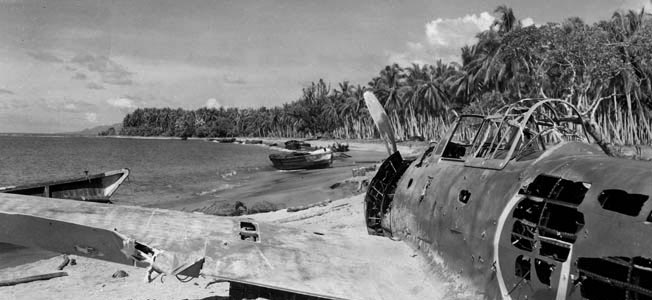
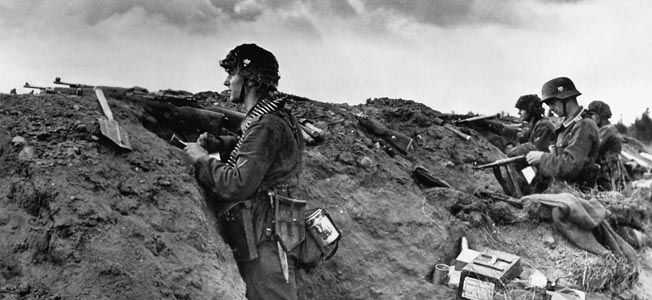

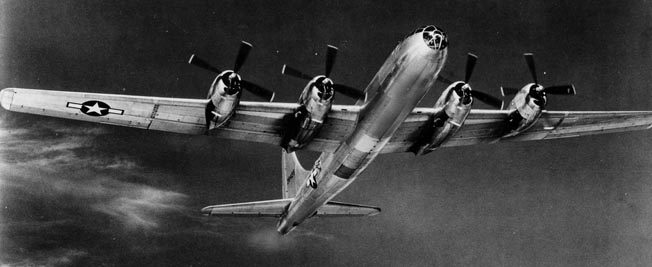

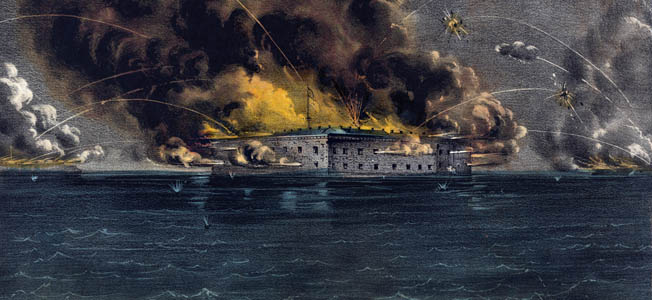
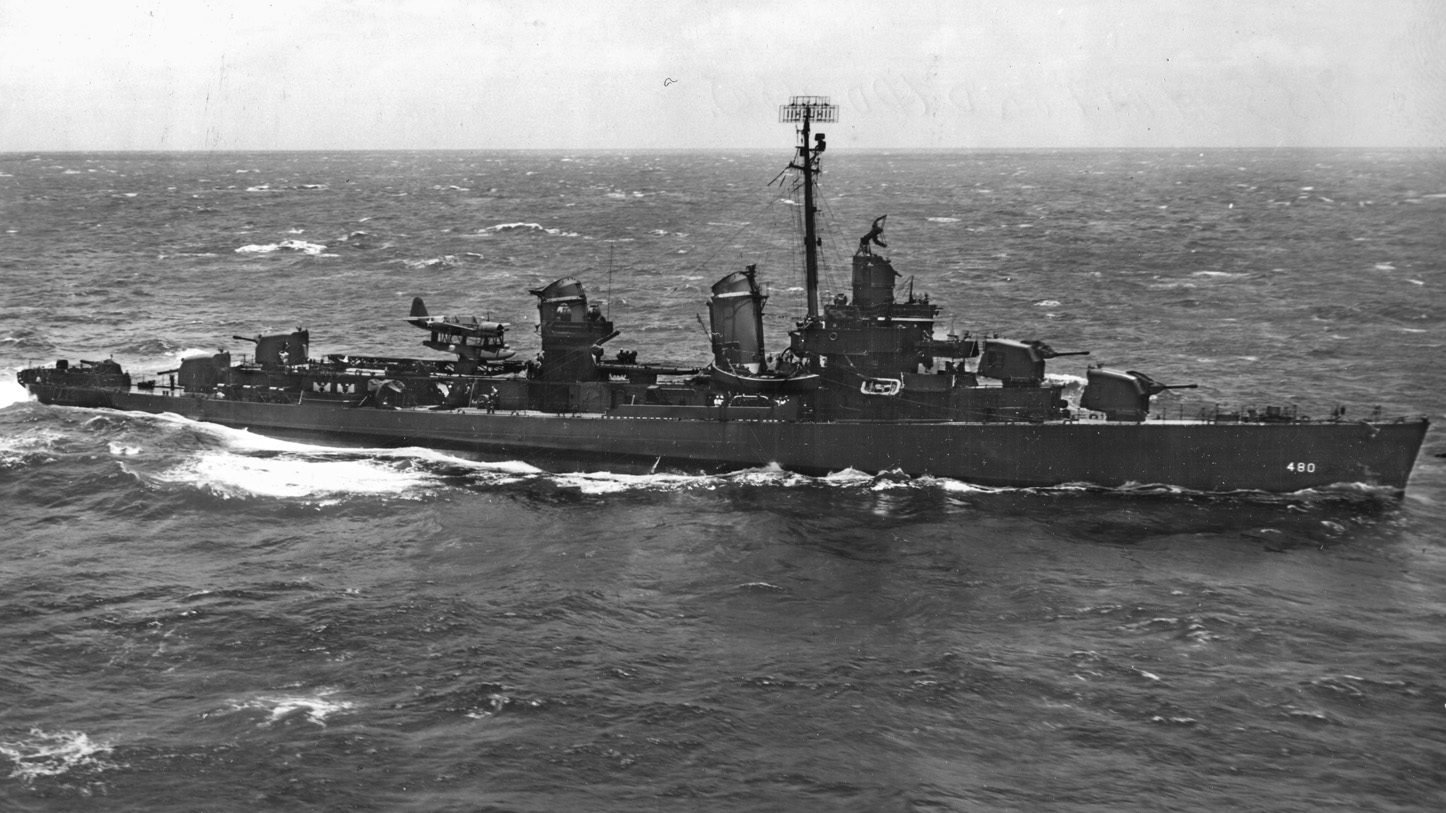
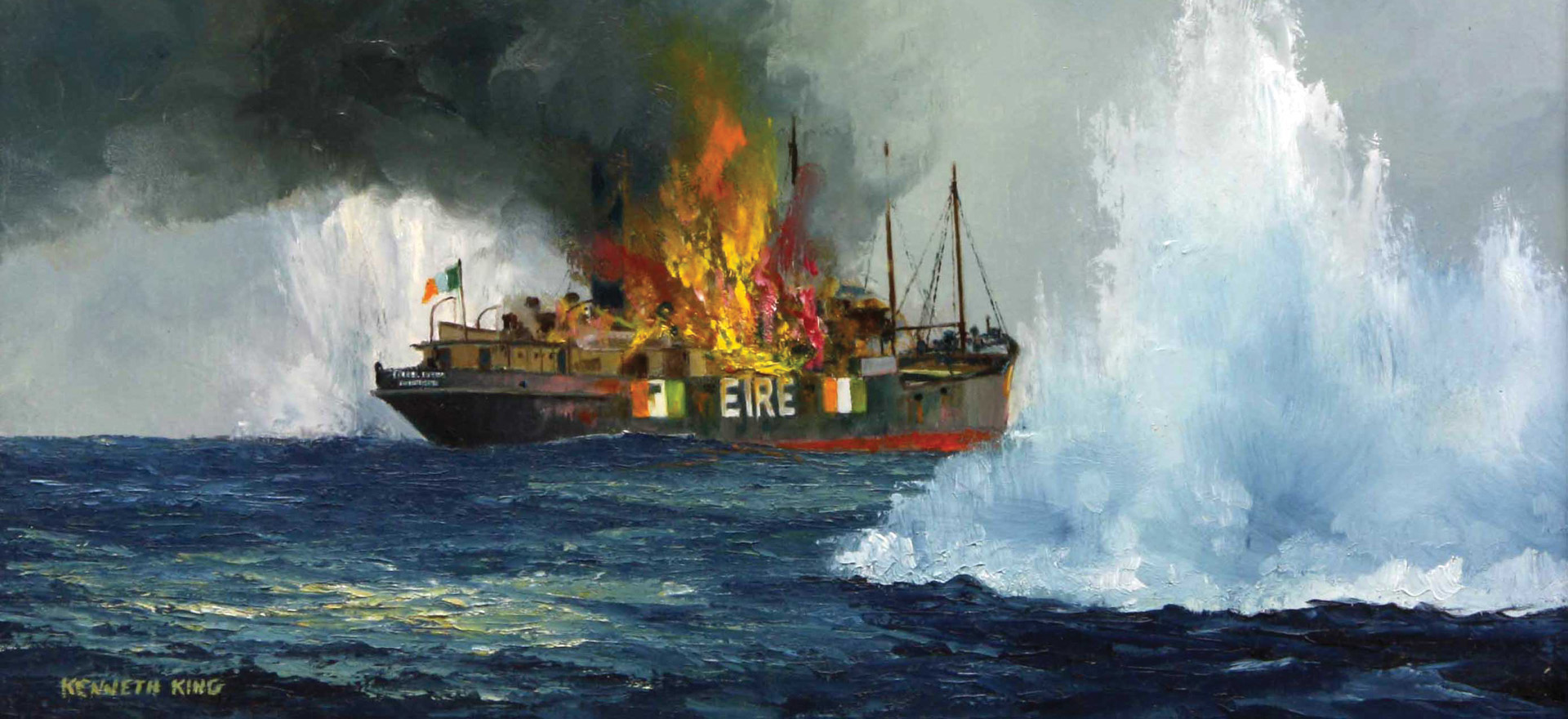
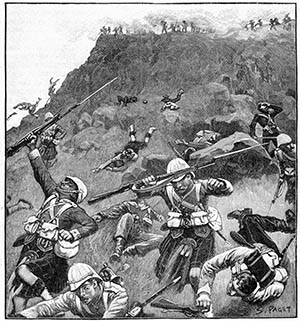
Join The Conversation
Comments
View All Comments